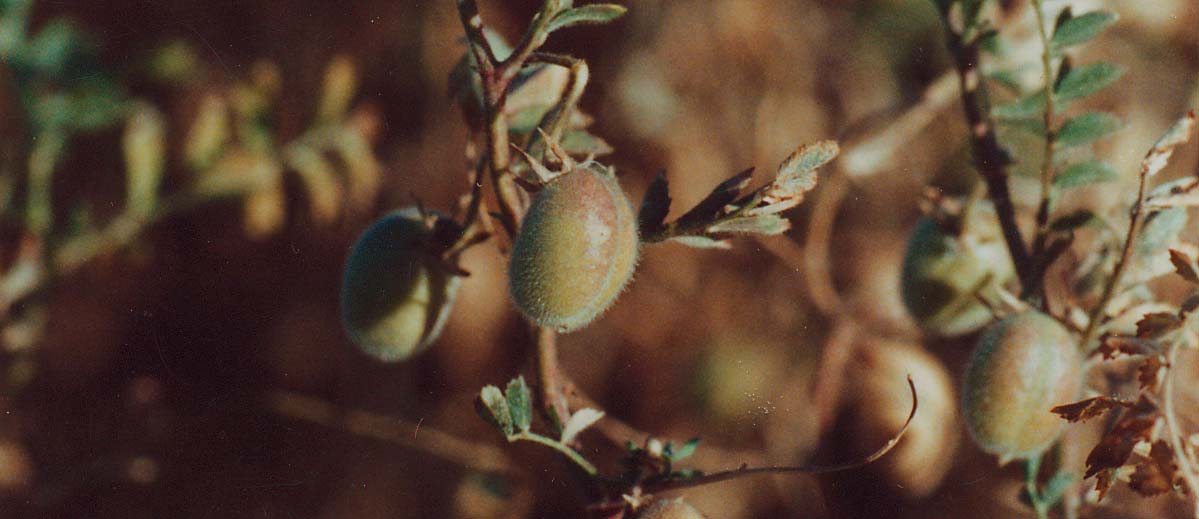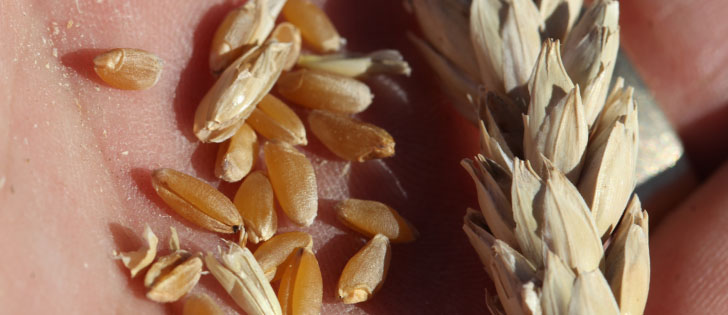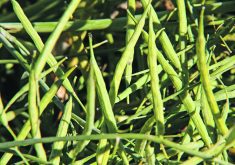An Alberta farmer is convinced pod sealants make it economical to straight cut canola.
Joe Decker of the Newdale Colony near Milo, Alta., said he was convinced of the merits of straight cutting canola before he tried it in 2006 and 2007, but he had limited success because of 45 km/h winds that are the norm in his area.
“We could only straight cut for a couple hours in the morning when the sun came up, and then it started shelling, so we had to stop and change headers,” he said.
Read Also

Agritechnica Day 2: The future of tractor power, building quicker crop apps and large farms and tech
Agritechnica Day 2: The future of tractor power, building quicker crop apps with Syngenta and large farms and tech
“Then we could go back to straight cutting again when the sun went down. We wasted so much time changing heads and moving from one field to the other.”
In 2008, Decker heard about Pod Ceal, which he thought could make the straight cut process workable.
“The Brett Young people told us to start with just 80 acres to see if we liked it, but I worked at it and worked at it and finally came up with enough Pod Ceal to do 400 acres in 2008. Then last year we did 600 acres.
“I’ve been reading in the Western Producer that some people haven’t had very good luck, but it’s been excellent for us.”
Decker did a field scale, side-by-side comparison on irrigated canola in 2008, in which the swathed field averaged 62 bushels per acre, while the adjacent field sprayed with Pod Ceal and straight cut averaged 74 bu.
Although he didn’t repeat the documentation in 2009, he said the yield benefit of straight cut canola with Pod Ceal was about the same as the previous year.
“I’ve never been happier with my canola. Of course, it could be just the opposite next year. You never know for sure,” he said.
“When we tried to straight cut before, we had to be so careful with the reel. The minute the reel touched (the pod), they (seeds) fell out. My guys hated combining like that. Now we can use the reel. In the canola with Pod Ceal, we straight cut right through, 24 hours a day, no problem.”
Decker said application timing is critical and might be the reason some farmers haven’t had good luck with the product.
He aerial applies Pod Ceal along with desiccant at four gallons of water per acre. The application is timed to be about five days before he would normally start swathing. He then waits 25 to 30 days before straight cutting.
He said the sprayed crop is visually deceiving. He has pulled samples when it appeared to be about six percent green and needing more time. However, when he checked the sample, it turned out to be one percent green and ready to cut.
“At the elevator, there’s eight grams difference between seeds from a swathed field and seeds that we straight cut from a Pod Ceal field. That’s how plump they are.
“At our other farm over at Vulcan, I hauled six B-trains of canola with Pod Ceal. Then I hauled three B-trains of swathed canola. I had more dockage on the three swathed loads than all six of the Pod Ceal loads. So what does that tell you?”
The colony ran out of Pod Ceal last year with 320 acres to go, and Decker said it was easy to see after harvest where they ran out because the field went from no seeds on the ground to lots of seeds.
For more information, contact Joe Decker at 403-485-8669.















